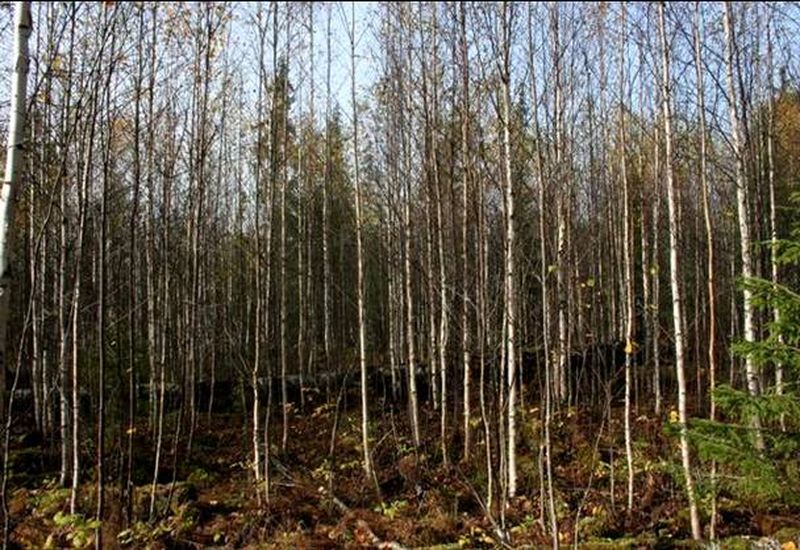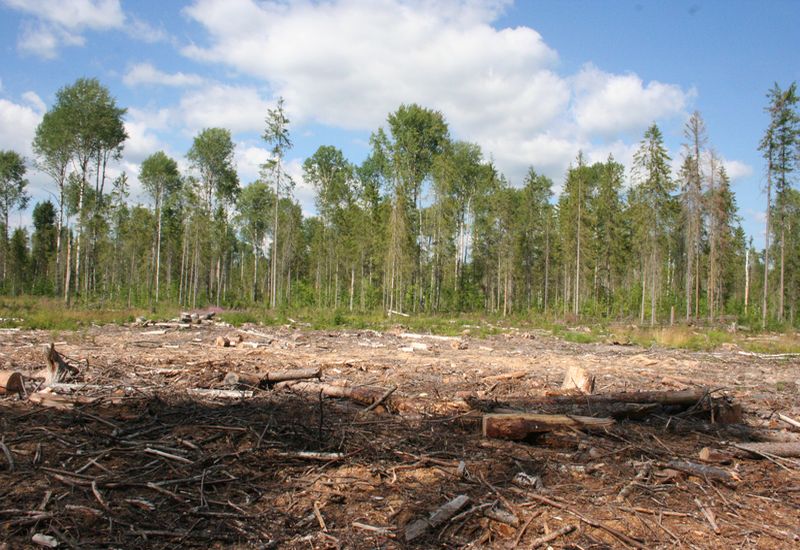A New Demonstration Route in Komi Model Forest
Can logging companies participate in preserving of biological diversity? Yes, they can, and they must. Unfortunately, they are not always ready for it. That is why one of the current objectives of Silver Taiga Foundation is to work out methodological recommendations for saving biological diversity during logging as a part of the project “High conservation value forests”. To show the logging companies new methods and to make recommendations more visual, specialists of the Foundation are planning to organize training seminars and excursions.

To do that, last autumn they assigned a special testing area on the territory of Priluzye forestry unit (Spasorub local forestry unit); preparing for the programme, they marked some growing stock key elements and key biotopes, which must be saved during cutting. Later, this area, all the necessary recommendations given, was rented to a local businessman for logging.
What are the results? Did the logger take into account the specialists’ recommendations? (According to them, about 0,6 ha of allotment general area of 7,9 ha should be left untouched for saving biodiversity).

Ecologists of the Foundation – Elena Popova and Vasily Gerasimov – who visited this area last Wednesday, made sure that the cutover patch of the area was rather representational and can be the end point of the developing demonstration route.
The ecologists fieldwork also included working out the route. Part of the developing demonstration route will go through the areas affected by cutting to show negative consequences of logging for biodiversity. Another part of the route will run in pristine forest, and there it will be possible to observe some peculiarities of natural forest dynamic, to tell about the logging that can take into account these peculiarities and save biodiversity. The area logged-off with a use of the recommendations will be the end point of the route.
In general, there are 12 points marked on the route. Some of them will become sites for elaborate studies, including accurate definition of growing stock and soil peculiarities. After that, it will be possible to bring to the route those who need this knowledge – staff of the local forestry units, and logging companies personnel.
